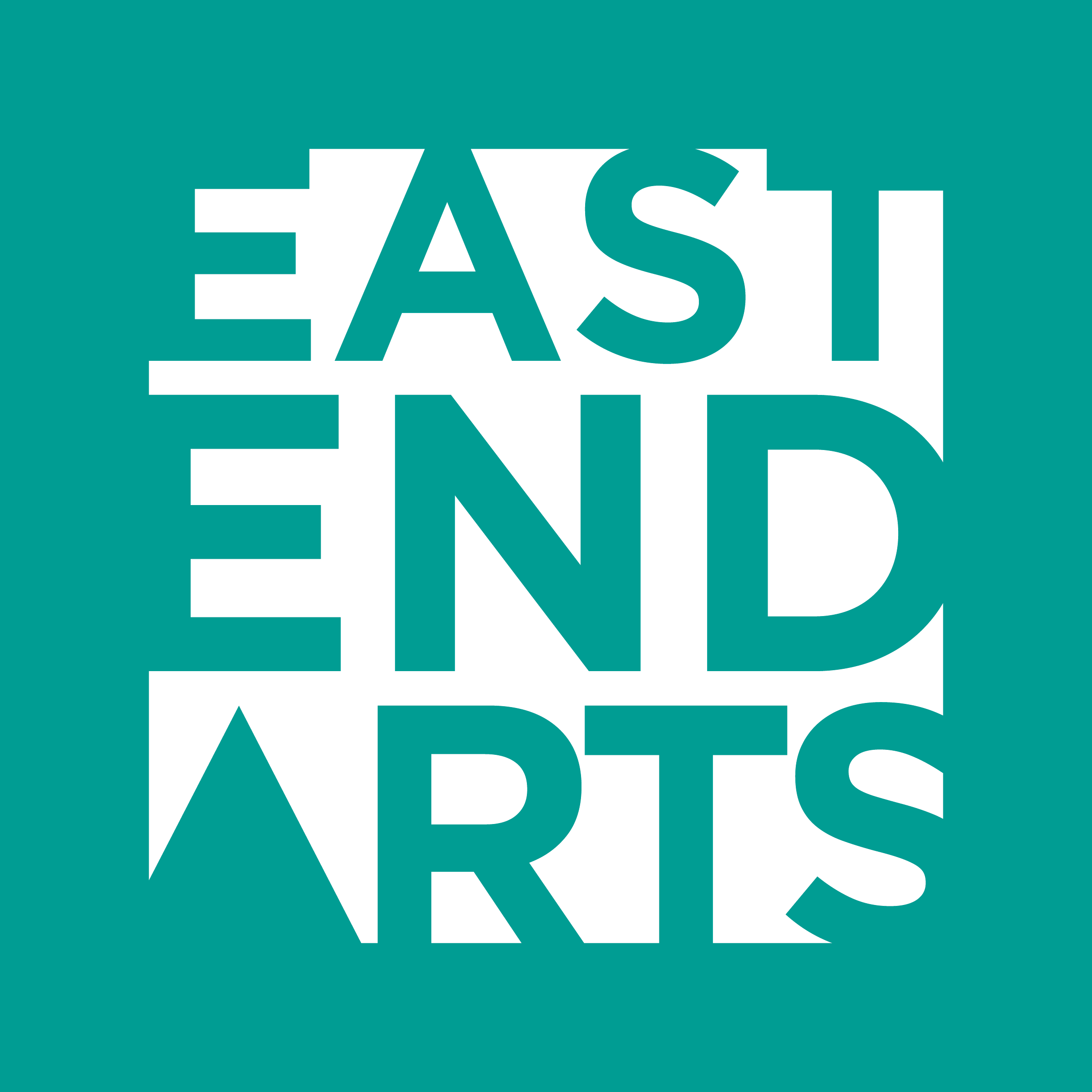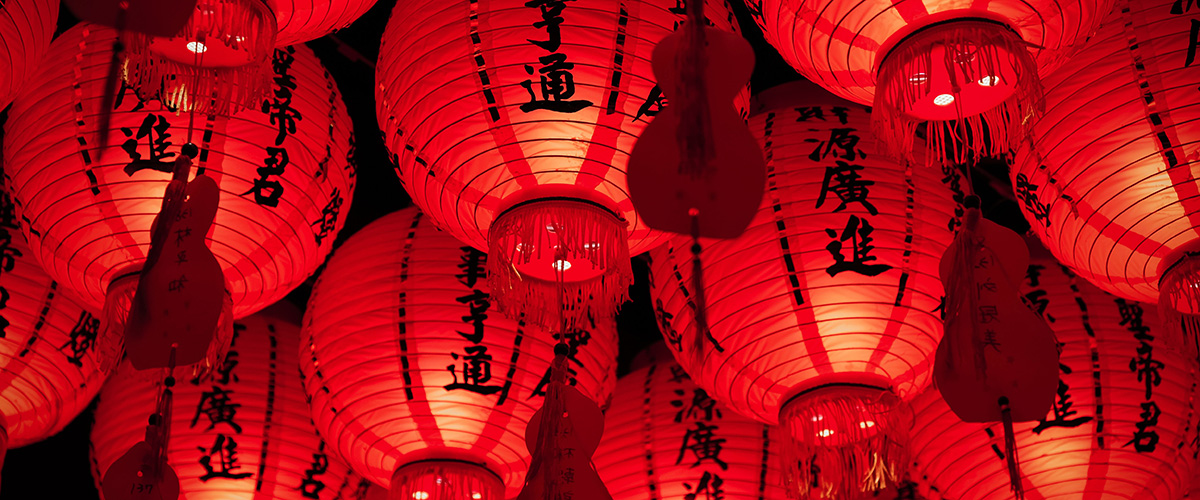This month our Communications Intern, Aiko, put together a short post in Celebration of Asian Heritage month! Scroll on to read about a few Asian art forms and their meaning.
Celebrating Asian Heritage Month: Exploring the Beauty of Asian Art Forms
May is Asian Heritage Month, a time to celebrate and appreciate the diverse cultures and traditions of Asian communities around the world. At East End Arts, we are excited to commemorate this month by highlighting some of the unique and beautiful art forms that have emerged from Asian cultures. From Philippine weaving to Japanese origami and Indian henna, we will take you on a journey of discovery and appreciation for the beauty and significance of these art forms. As we continue to combat anti-Asian racism and discrimination, we must also recognize and celebrate the many contributions of Canadians of Asian heritage to our country.
The Rich and Vibrant Weaving Traditions of the Philippines
 As someone who works at East End Arts and is proud of my Filipino heritage, I wanted to write about the different art forms that have emerged from Asian cultures. One art form that is close to my heart is weaving in the Philippines. Textiles are not just a form of expression but also part of our culture and heritage. Unfortunately, traditional weaving is in decline in interest with the younger generations. When I was in the Philippines, I saw firsthand the beauty of the textiles and the importance of preserving this cultural tradition.
As someone who works at East End Arts and is proud of my Filipino heritage, I wanted to write about the different art forms that have emerged from Asian cultures. One art form that is close to my heart is weaving in the Philippines. Textiles are not just a form of expression but also part of our culture and heritage. Unfortunately, traditional weaving is in decline in interest with the younger generations. When I was in the Philippines, I saw firsthand the beauty of the textiles and the importance of preserving this cultural tradition.
Piña (pineapple) cloth is one of the most distinctive textiles from the Philippines, and it is now hailed as the “Mother of all Philippine Textile.” It is commonly used in the Philippine national costumes, Barong Tagalog and Baro’t Saya. Today, about 450 weaving groups across the Philippines use locally available materials such as cotton, fibers, abaca, and pineapple. Here is a photo of some of the most noteworthy weaves in the Philippines, including yakan, blaan, tausug, and more.
The Peaceful Art of Origami: Unfolding the Beauty of Japanese Paper Folding
 Origami is the Japanese art of paper folding, which has been practiced in Japan for centuries. The word “origami” comes from the Japanese words “ori” meaning “to fold” and “kami” meaning “paper.” The tradition of origami dates back to the 17th century when the Japanese aristocracy would exchange gifts wrapped in elaborately folded paper. Today, origami is enjoyed by people of all ages around the world.
Origami is the Japanese art of paper folding, which has been practiced in Japan for centuries. The word “origami” comes from the Japanese words “ori” meaning “to fold” and “kami” meaning “paper.” The tradition of origami dates back to the 17th century when the Japanese aristocracy would exchange gifts wrapped in elaborately folded paper. Today, origami is enjoyed by people of all ages around the world.
One of the most well-known origami figures is the paper crane, which symbolizes peace and hope. In Japan, it is believed that your wish will come true if you fold 1,000 paper cranes. Other popular origami designs include animals, flowers, and geometric shapes.
The art of origami requires patience, precision, and creativity. It is a calming and meditative practice that can help improve focus and concentration. Origami is also an eco-friendly art form since it only requires a sheet of paper and it does not generate any waste.
Henna: The Colorful and Expressive Body Art of India
 Henna is a natural dye made from the leaves of the henna plant, which has been used for centuries in India, the Middle East, and North Africa to create intricate temporary tattoos on the skin. The art of henna is often associated with celebrations such as weddings and religious festivals. In India, henna is applied to the hands and feet in intricate designs that can take several hours to complete. The designs often include intricate paisleys, flowers, and geometric patterns that symbolize love, prosperity, and good fortune.
Henna is a natural dye made from the leaves of the henna plant, which has been used for centuries in India, the Middle East, and North Africa to create intricate temporary tattoos on the skin. The art of henna is often associated with celebrations such as weddings and religious festivals. In India, henna is applied to the hands and feet in intricate designs that can take several hours to complete. The designs often include intricate paisleys, flowers, and geometric patterns that symbolize love, prosperity, and good fortune.
Henna is not just a form of body art but also a symbol of cultural identity and tradition. In many Indian communities, henna is a way of passing down cultural heritage from generation to generation.
The art of henna requires a steady hand and a keen eye for detail. It is a practice that requires patience, precision, and creativity. The vibrant colors of henna and the intricate designs that can be created with it make it a truly unique and beautiful art form.
Asian heritage is rich in diverse art forms that showcase the creativity, talent, and traditions of different cultures. From the weaving techniques of the Philippines to the paper-folding art of Japan and the intricate designs of henna in India, these art forms represent a vibrant and living legacy of Asian culture.
In celebration of Asian Heritage Month, we encourage you to explore and learn more about the art forms of different Asian cultures. Check out upcoming events in your community and support local Asian artists and artisans. Let us continue to celebrate and honor the contributions of Canadians of Asian heritage and work towards a more inclusive and equitable society for all.
Resources to check out for Asian Heritage Month:
- Events at Toronto Public Libraries
- Salu Salo, an annual Heritage Month Picnic
- Events at Japanese Canadian Cultural Centre
- Books to Read for Asian Heritage Month
- The Chinese Lady Theatre Show at Crow’s Theatre

